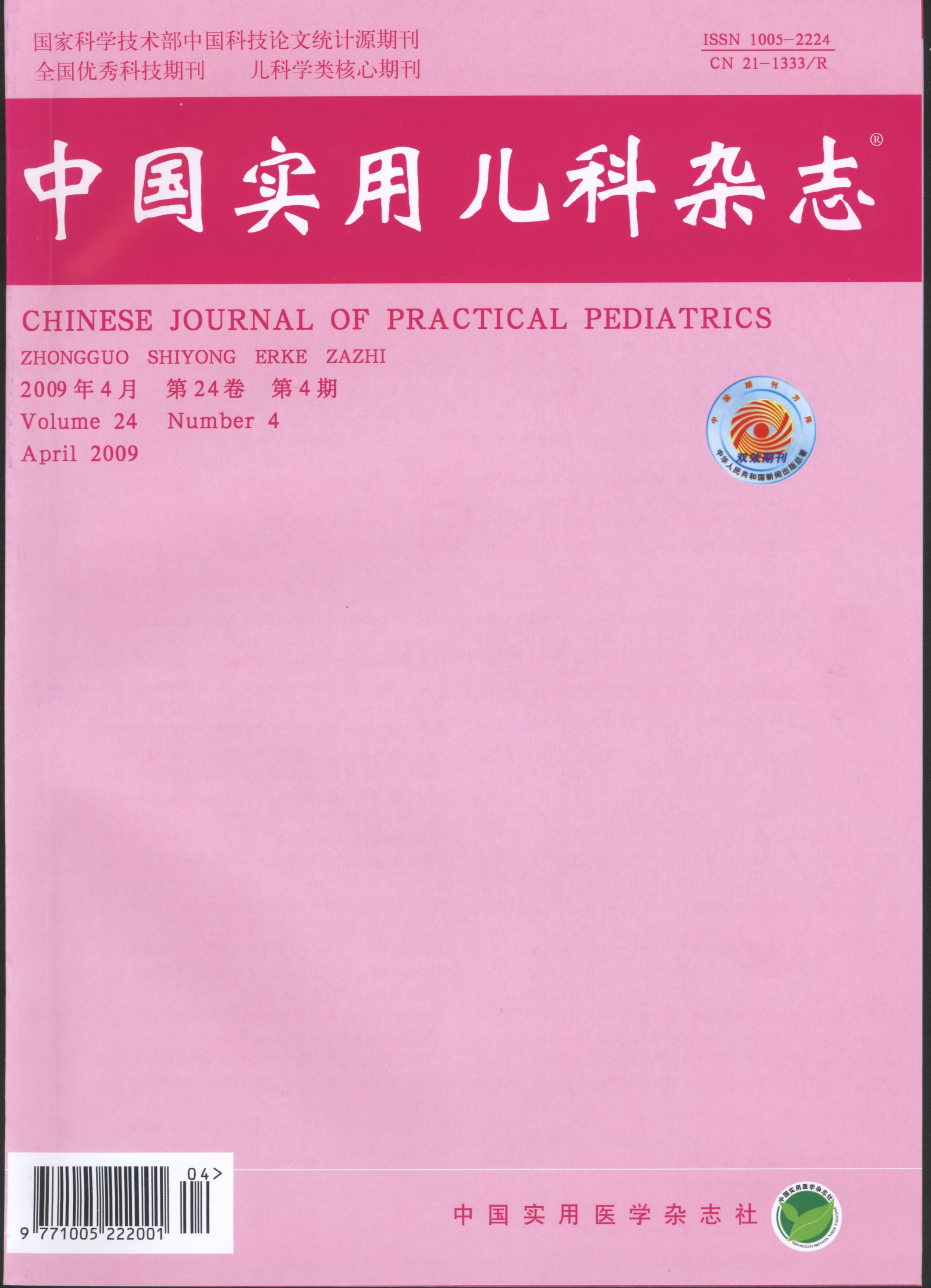Objective To investigate the clinical seizure patterns, morphology and topography of epileptic discharges and prognosis of Early
-Onset Benign Childhood Occipital Epilepsy(EOBCOE). Methods According to the criteria of EOBCOE made by ILAE(2001),eighteen patients
with EOBCOE were retrospectively followed up and the data analyzed regarding clinical manifestation, interictal and ictal EEG during
awakeness and sleep as well as therapeutic efficacy of 4 years. Results The onset of seizures occurred at the age between 2 years and 2
months and 8 years and 6 months with a mean age of 4.7 yrs. Five of eighteen cases had a family history of epilepsy and/or febrile seizures,
one of whom was identified as the idiopathic epilepsy;4 cases had febrile seizures. The remarkable autonomic seizures and delayed specific
motor seizures were the clinical hallmark of EOBCOE, including pallor and ictal vomiting, followed by the eye and head deviation, and
unilateral or generalized motor seizures, and even autonomic status epilepticus associated with a partial impairment of consciousness. Two
cases had Rolandic seizures including speech arrest, hemifacial spasms and salivation. Most of cases had sporadic seizures with free-
intervals of 1~6 months or longer, but some of them still had frequent seizures. EEG showed 13 cases had occipital or occipital predominance
of multifocal epileptic discharges including focal occipital spikes in 9 cases, the occipito-temporo-parietal or occipito-frontal spikes in
4 cases;4 had extraoccipital spikes, including Rolandic spikes or frontal predominance of paroxysmal generalized discharges in 2 cases
respectively. Interictal spikes were typically of high voltage of polyphasic spike-waves and easily blocked by eye opening. Ictal EEG showed
the occipital or frontal predominance and generalized rhythmic spike-wave complex. Patients with EOBCOE were responsive to CBZ,VPA and TPM.
Seizures ceased in 11 cases, were partially controlled and fluctuated in 4 and 2 cases respectively;one died of sudden unexplained death.
The abnormal EEGs were improved in 8, unchanged in 4 and became normal in 5 cases. All patients developed normally except 7 who were found
to have mild learning and behavour problems. Conclusion EOBCOE is characterized by paroxysmal autonomic symptoms and signs, focal or
generalized motor seizures or autonomic status epilepticus,which is associated with other benign childhood focal seizures and epilepsy. EEGs
show the occipital predominance or extraoccipital spikes of multifoci. Prognosis is generally good.

